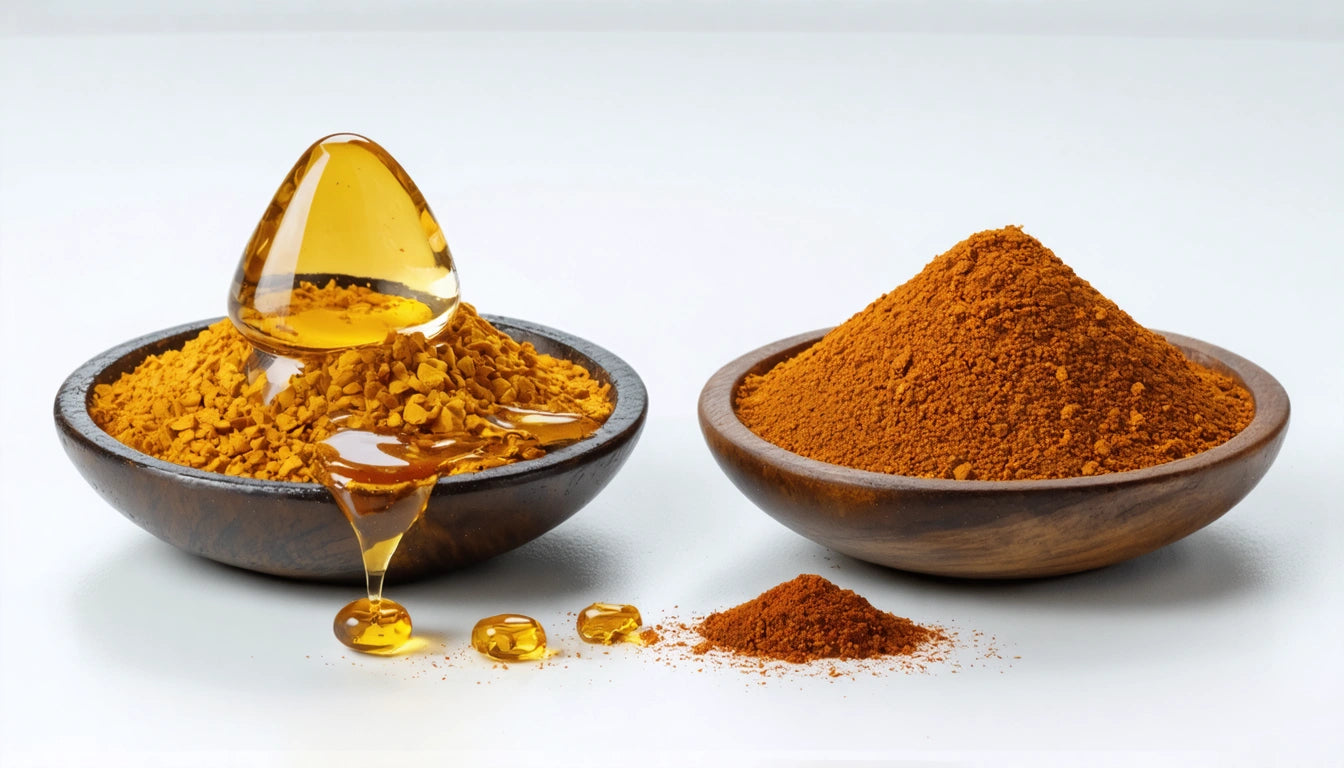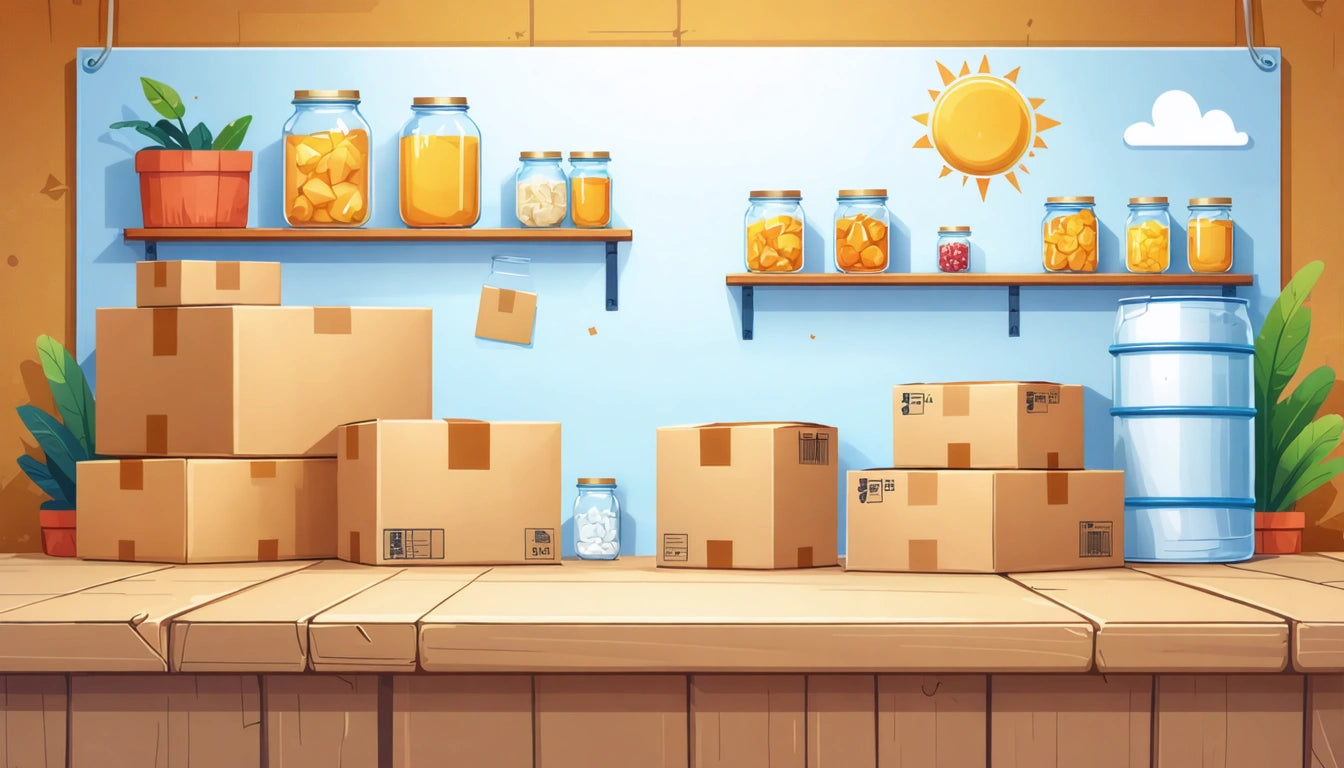Table of Contents
Understanding the Differences and Similarities Between Hash and Dabs
Cannabis concentrates have evolved significantly over the centuries, from traditional hashish to modern dabs. While both hash and dabs are concentrated forms of cannabis, they differ in production methods, potency, appearance, and consumption techniques. This guide explores these differences and answers common questions like whether you can dab hash and how these concentrates compare.
Hash and Dabs: Basic Definitions and Origins
Hashish (or hash) is one of the oldest cannabis concentrates, dating back thousands of years with origins in Central Asia and the Middle East. It's made by collecting and compressing the resin glands or trichomes from the cannabis plant. Traditional hash appears as a solid, typically brown or black substance that can range from soft and pliable to hard and brittle.
Dabs, on the other hand, are a modern concentrate category that includes products like shatter, wax, budder, and live resin. As explained in this guide on dabs meanings and uses, these concentrates emerged in the late 20th century but gained significant popularity in the 2010s with advancing extraction technologies.
Production Methods: How Hash and Dabs Are Made
Traditional Hash Production
Hash is typically produced through mechanical separation methods:
- Dry-sift method: Dried cannabis is filtered through fine screens to separate trichomes
- Hand-rolling method: Handling fresh cannabis plants until resin collects on hands, then rolled into balls
- Ice water extraction: Plant material is agitated in ice water, then filtered through progressively finer screens
Modern Dab Production
Dabs are created through solvent-based or solventless extraction:
- Butane Hash Oil (BHO): Using butane to strip cannabinoids from plant material
- CO2 extraction: Using pressurized carbon dioxide to extract compounds
- Rosin: Using heat and pressure to squeeze resin from the plant without solvents
The process of making dabs typically requires specialized equipment and technical knowledge, while traditional hash can be made with relatively simple tools.
Potency Comparison: THC Content and Effects
One of the most significant differences in the hashish vs dabs comparison is potency:
- Traditional hash: Typically contains 20-60% THC
- Modern dabs: Can contain 60-90%+ THC
This potency difference creates distinct experiences. Hash often provides a more balanced effect with a fuller spectrum of cannabinoids and terpenes. Dabs deliver intense, immediate effects due to their high concentration, as detailed in this comparison of dabs and traditional cannabis.
Consumption Methods: Can You Dab Hash?
The question "can you dab hash" is common among concentrate enthusiasts. The answer is yes, but with some caveats:
Traditional Hash Consumption
- Smoking: Mixed with flower in joints, pipes, or bongs
- Vaporizing: Using specific dry herb vaporizers designed for concentrates
- Hot knifing: An older method where hash is placed between heated knife blades
Dabbing Hash
While you can technically dab hash, it's not ideal because:
- Plant material in hash can burn and leave residue on your dab rig
- Full-melt hash (5-6 star) works best for dabbing; lower qualities may not vaporize properly
- Modern bubble hash and ice water hash are more suitable for dabbing than traditional pressed hash
For those interested in dabbing, proper equipment and safety precautions are essential for the best experience.
Appearance and Texture Differences
Hash and dabs have distinct visual characteristics:
Hash Appearance
- Color: Usually ranges from light brown to black
- Texture: Can be soft and malleable or hard and brittle
- Form: Often sold in compressed blocks, balls, or coins
Dabs Appearance
As explained in this visual guide to dabs, they can appear as:
- Shatter: Translucent, glass-like sheets
- Wax: Opaque with a soft, waxy consistency
- Budder: Creamy, butter-like texture
- Live resin: Sticky, granular consistency with high terpene content
- Diamonds: Crystalline structures suspended in terpene sauce
Safety Considerations for Hash and Dabs
Both concentrates require careful handling and storage:
- Potency management: Start with small amounts, especially with high-THC dabs
- Storage: Keep in airtight, cool, dark places to preserve potency and prevent degradation
- Child safety: Store in child-resistant packaging to prevent accidental ingestion, similar to requirements for other potentially harmful substances
- Extraction safety: Home production of solvent-based dabs can be extremely dangerous and is not recommended
For dabs specifically, proper temperature control during consumption is crucial to avoid harsh inhalation and to preserve terpenes.
Future Consumption Trends in Concentrate Market
The concentrate market continues to evolve with several emerging trends:
- Solventless extractions gaining popularity for their purity and natural processing
- Live products (made from fresh-frozen cannabis) becoming preferred for their enhanced flavor profiles
- Hybrid products emerging that combine traditional hash-making techniques with modern technology
- Specialized consumption devices making concentrate use more accessible to newcomers
As technology advances, the line between hash and dabs may continue to blur, with artisanal hash makers adopting scientific approaches and modern extract artists drawing inspiration from traditional methods. Understanding the differences between these concentrates helps consumers make informed choices based on their preferences for potency, flavor, and consumption method.











Leave a comment
All comments are moderated before being published.
This site is protected by hCaptcha and the hCaptcha Privacy Policy and Terms of Service apply.